What Is Digital Zoom On A Camera ?
Digital zoom on a camera is a feature that allows the user to zoom in on a subject by cropping and enlarging the image digitally. Unlike optical zoom, which uses the camera's lens to physically zoom in on a subject, digital zoom simply enlarges the existing image, resulting in a loss of image quality and resolution. This is because the camera is essentially stretching the pixels to make the image appear larger, which can lead to pixelation and a loss of detail. Digital zoom can be useful in certain situations where it is not possible to physically zoom in on a subject, but it is generally recommended to use optical zoom whenever possible to maintain the highest image quality.
1、 Optical zoom vs digital zoom
Digital zoom on a camera is a feature that allows the user to zoom in on a subject by cropping and enlarging the image digitally. This is different from optical zoom, which uses the camera's lens to physically zoom in on the subject. Digital zoom can be useful in certain situations where the user cannot physically get closer to the subject, but it comes at a cost. When using digital zoom, the image quality can be significantly reduced as the camera is essentially enlarging a smaller portion of the original image. This can result in pixelation and loss of detail.
Optical zoom, on the other hand, maintains the image quality as the lens physically zooms in on the subject. This allows for greater detail and clarity in the final image. However, optical zoom can be limited by the size and capabilities of the camera's lens.
In recent years, there has been a shift towards larger sensors and higher megapixel counts in cameras, which has made digital zoom less necessary. With these advancements, users can crop and enlarge images in post-processing without sacrificing image quality. Additionally, some cameras now offer a hybrid zoom feature that combines optical and digital zoom to provide a greater zoom range without sacrificing image quality.
Overall, while digital zoom can be a useful feature in certain situations, it is generally recommended to use optical zoom whenever possible to maintain the highest image quality.

2、 How digital zoom works
Digital zoom on a camera is a feature that allows users to zoom in on a subject without physically moving closer to it. Unlike optical zoom, which uses the camera's lens to magnify the image, digital zoom enlarges the image by cropping and enlarging the pixels in the image. This means that the resulting image is of lower quality and resolution than the original image.
Digital zoom works by taking the original image and cropping it to a smaller size. The camera then enlarges the remaining pixels to fill the frame, creating the illusion of a closer shot. However, because the camera is essentially enlarging a smaller portion of the original image, the resulting image is of lower quality and may appear pixelated or blurry.
In recent years, advancements in camera technology have improved the quality of digital zoom. Some cameras now use algorithms to enhance the image quality and reduce the appearance of pixelation. Additionally, some cameras now offer a hybrid zoom feature, which combines optical and digital zoom to create a higher quality zoomed image.
Despite these advancements, it is generally recommended to use optical zoom whenever possible to maintain the highest image quality. Digital zoom should only be used as a last resort when it is not possible to physically move closer to the subject.

3、 Image quality with digital zoom
Digital zoom on a camera is a feature that allows users to zoom in on a subject by cropping and enlarging the image digitally. Unlike optical zoom, which uses the camera's lens to physically zoom in on a subject, digital zoom simply enlarges the existing image. This can be useful for getting closer to a subject that is too far away to capture with the camera's optical zoom, but it comes at a cost.
Image quality with digital zoom is often compromised, as the process of enlarging the image digitally can result in pixelation and loss of detail. This is because the camera is essentially stretching the existing pixels to fill the frame, rather than capturing new information. As a result, images taken with digital zoom may appear blurry or grainy, particularly when viewed at larger sizes.
However, advances in camera technology have led to improvements in digital zoom capabilities. Some cameras now use algorithms to enhance the quality of digitally zoomed images, reducing the amount of pixelation and preserving more detail. Additionally, some cameras now offer hybrid zoom, which combines optical and digital zoom to provide a higher level of magnification without sacrificing image quality.
Overall, while digital zoom can be a useful feature in certain situations, it is important to be aware of its limitations and potential impact on image quality. When possible, it is generally best to use optical zoom or move closer to the subject to capture the highest quality image.

4、 Advantages and disadvantages of digital zoom
What is digital zoom on a camera?
Digital zoom is a feature found on most digital cameras that allows users to zoom in on a subject without physically moving closer. Unlike optical zoom, which uses the camera's lens to magnify the image, digital zoom enlarges the image by cropping and enlarging the pixels in the image. This results in a loss of image quality and resolution, as the camera is essentially just enlarging a portion of the image.
Advantages and disadvantages of digital zoom:
Advantages:
1. Convenience: Digital zoom is a convenient feature that allows users to zoom in on a subject without physically moving closer.
2. Cost-effective: Digital zoom is a cost-effective alternative to optical zoom, as it does not require expensive lenses.
3. Compactness: Digital zoom allows cameras to be more compact and lightweight, as they do not require large lenses.
Disadvantages:
1. Loss of image quality: Digital zoom results in a loss of image quality and resolution, as the camera is essentially just enlarging a portion of the image.
2. Pixelation: Digital zoom can result in pixelation and distortion, especially when zooming in on a subject too much.
3. Limited zoom range: Digital zoom is limited in its zoom range, as it can only zoom in on the existing pixels in the image.
Latest point of view:
While digital zoom was once seen as a useful feature on digital cameras, it has become less important in recent years due to advancements in camera technology. Many modern cameras now feature high-quality optical zoom lenses that can zoom in on a subject without sacrificing image quality. Additionally, many smartphones now feature multiple camera lenses that offer both optical and digital zoom capabilities. As a result, digital zoom is becoming less relevant in the world of photography.







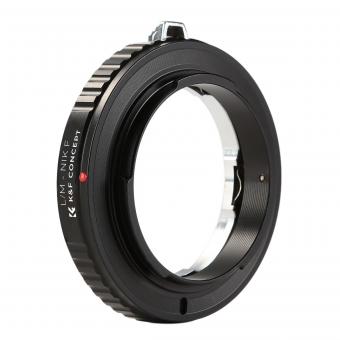




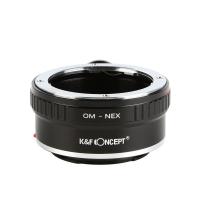



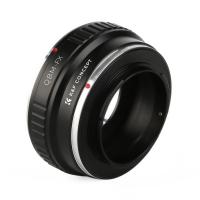





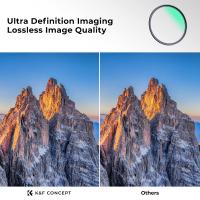
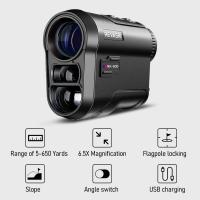
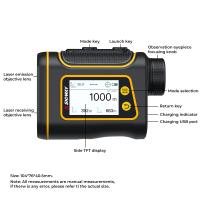
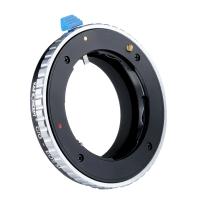

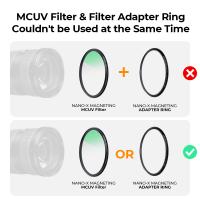
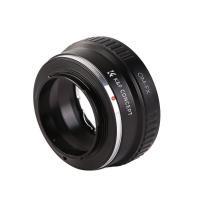
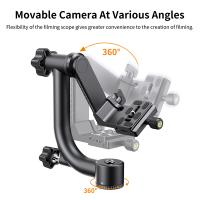
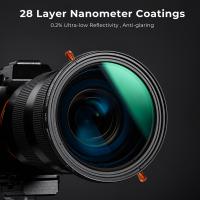
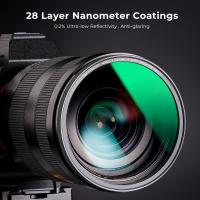
There are no comments for this blog.